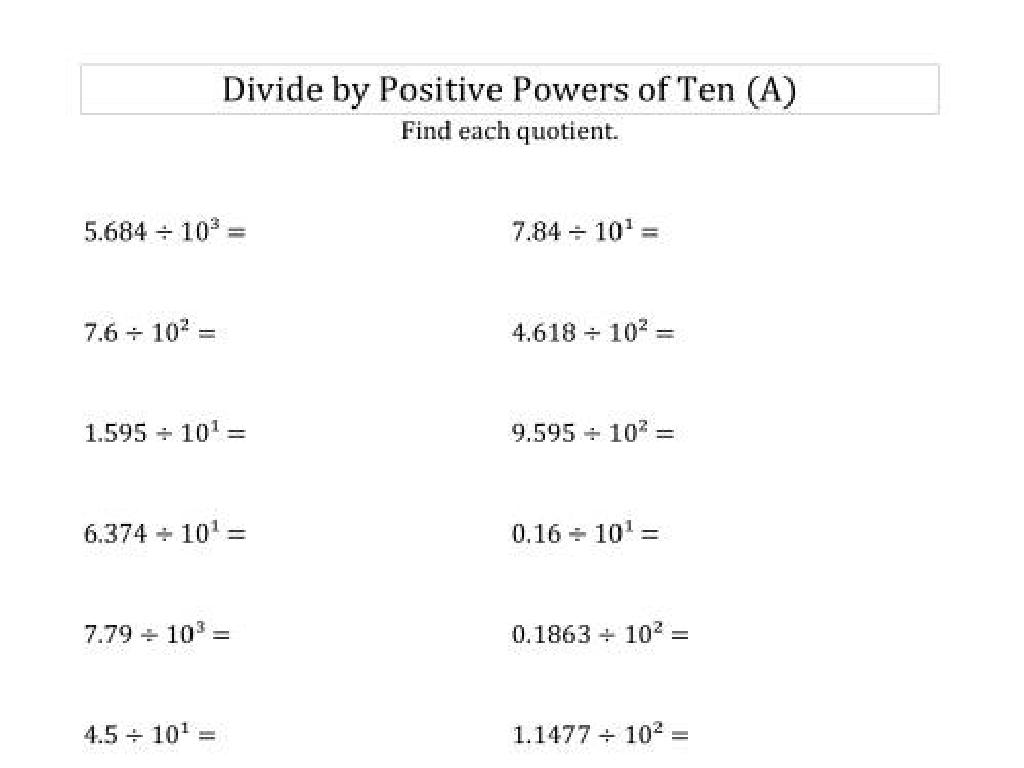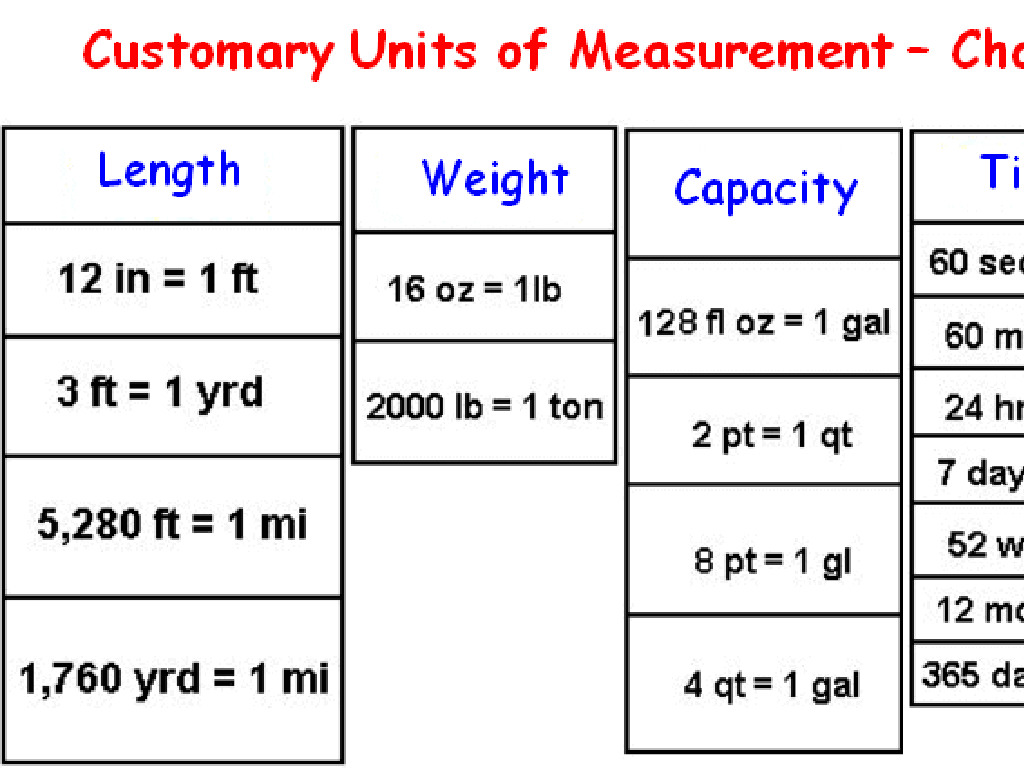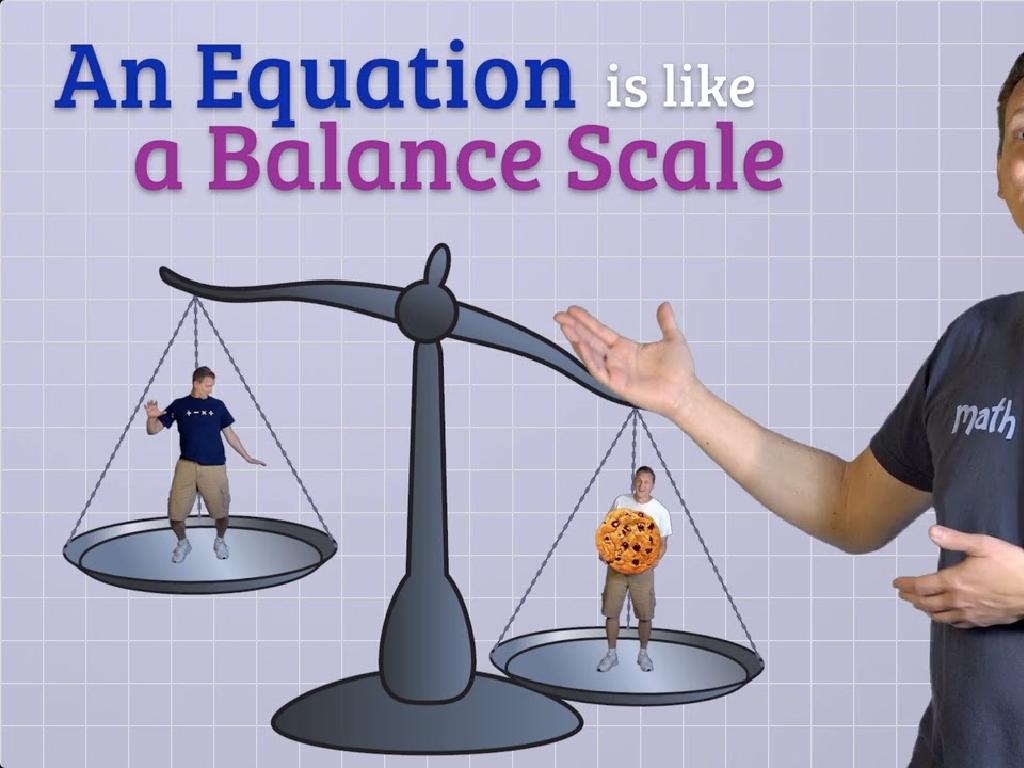The Great Depression: Part Ii
Subject: Social studies
Grade: Fifth grade
Topic: 20Th Century American History
Please LOG IN to download the presentation. Access is available to registered users only.
View More Content
The Human Impact of The Great Depression
– Recap: The Great Depression Part I
– Today’s Focus: Families during the Depression
– How did job loss and poverty affect family life?
– Explore society’s changes
– Discuss shifts in society, roles, and community support
– Learning Goal: Empathy with history
|
Begin with a brief recap of The Great Depression: Part I to refresh students’ memory. Today, we’ll delve into the profound effects the economic downturn had on American families and society. We’ll explore how widespread unemployment, poverty, and hunger led to changes in family dynamics and societal roles. The goal is for students to understand the human side of this historical event, fostering empathy and a deeper connection to the past. Encourage students to consider how families might have felt and acted during these trying times, and how communities came together to support one another.
Daily Life During the Great Depression
– Families faced many challenges
– Unemployment and poverty were widespread.
– Daily activities of children and adults
– Children often worked or helped at home, while adults searched for jobs or did odd jobs.
– Soup kitchens provided meals
– Free food was offered to the needy.
– Bread lines were a common sight
– People queued for hours for a bit of bread.
|
This slide aims to give students a glimpse into the hardships of daily life during the Great Depression. Emphasize the impact of the economic crisis on family life, with many struggling to find work and provide for their loved ones. Discuss how children had to mature quickly, often taking on responsibilities to support their families. Highlight the importance of community support systems like soup kitchens and bread lines, which became essential for survival during these tough times. Encourage empathy by asking students to imagine what it would be like to live during that era and to think about the value of community help.
The Dust Bowl and Its Impact
– Understanding the Dust Bowl
– A period of severe dust storms damaging prairie lands in 1930s.
– Dust Bowl’s role in the Depression
– It destroyed crops, worsened economic struggle, and displaced families.
– Survivor stories of the Dust Bowl
– Accounts of hardship and resilience, like those in ‘The Grapes of Wrath’.
|
The Dust Bowl was a devastating environmental disaster that struck the US prairies during the 1930s. It led to massive dust storms that destroyed farmlands, which, in turn, exacerbated the economic hardships of the Great Depression by ruining crops and causing farmers to lose their livelihoods. Many families were forced to leave their homes in search of work and better living conditions. Share personal stories from survivors to help students connect emotionally with the historical event. This will aid in their understanding of the human aspect of the Dust Bowl and the resilience of those who lived through it.
Government Response: The New Deal
– New Deal introduction
– A series of programs to combat the Great Depression
– Major New Deal programs
– Programs like the CCC, WPA, and SSA
– Goals of these programs
– To provide jobs, support the needy, and boost the economy
– Impact on American families
– Programs provided jobs and security, improving lives
|
The New Deal was a pivotal response by the government to address the economic crisis during the Great Depression. It included a variety of programs aimed at providing relief, recovery, and reform. For example, the Civilian Conservation Corps (CCC) created jobs in environmental projects, while the Works Progress Administration (WPA) employed millions in public works projects. The Social Security Act (SSA) offered support for the elderly and unemployed. These programs were instrumental in helping American families by providing employment, financial aid, and a sense of hope during tough times. Discuss with students how these programs might have affected the daily lives of people during the Great Depression and ask them to imagine how different families might have benefited from these initiatives.
Cultural Impact of the Great Depression
– 1930s music, art, and literature
– Songs and paintings showed the struggles and hopes of people.
– Culture mirrors the era
– Art often reflects society’s feelings. The 1930s culture showed the impact of economic hardship.
– ‘The Grapes of Wrath’ significance
– John Steinbeck’s novel depicted the harsh realities faced by people during the Great Depression.
|
This slide explores the cultural impact of the Great Depression on music, art, and literature. The 1930s produced a rich tapestry of cultural works that mirrored the struggles and resilience of the American people during this challenging time. Students should understand how culture can reflect societal issues and emotions. ‘The Grapes of Wrath’ by John Steinbeck is a key example of literature from this era, providing a vivid portrayal of the hardships faced by many Americans. Encourage students to think about how current events might influence today’s culture and to consider creating their own art or writing that reflects their experiences or perceptions of the world.
Living History: The 1930s American Family
– Role-play a 1930s family day
– Discuss coping strategies
– Write a diary as a 1930s child
– Imagine being a child in the Great Depression, what would your daily life be like?
– Share and reflect on experiences
|
This class activity is designed to immerse students in the historical context of the Great Depression. For the role-play, students will be divided into groups to act out a day in the life of a 1930s American family, focusing on the challenges they faced. After the role-play, lead a discussion on coping mechanisms during tough times, encouraging students to think critically about resilience and resourcefulness. The writing assignment will help students empathize with children of the era by writing a diary entry from their perspective. Possible diary topics include feelings about family, school, and hopes for the future. Conclude with students sharing their diary entries and reflecting on the emotional and social impact of the Great Depression on families and children.






